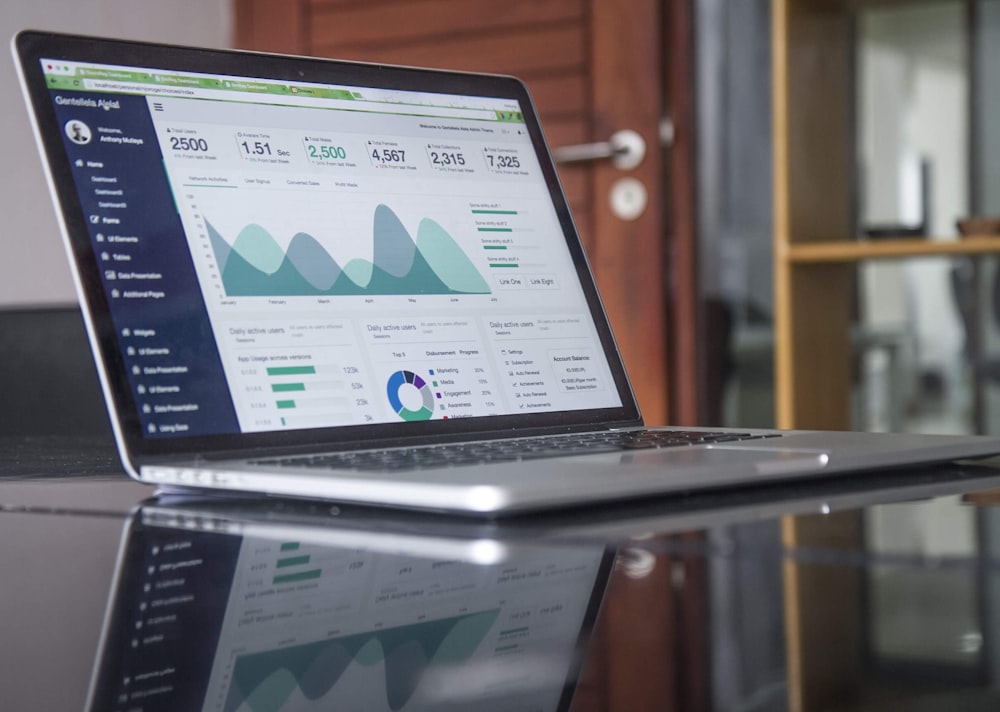Are you curious about correlation coefficients and how they impact your data analysis?
Welcome – you have now found the perfect article.
Let’s work hand-in-hand to simplify this process and scrutinize useful ideas.
With years of experience in data analysis, we’ve mastered the art of interpreting correlation coefficients.
Trust us to guide you through this complex topic, making it easy for you to apply in your analyses.
Key Takeaways
-
- Correlation coefficients are important in data analysis as they measure the strength and direction of the relationship between two variables, with values ranging from -1 to 1.
-
- Types of correlations include Pearson’s correlation (for linear relationships between continuous variables) and Spearman’s rank correlation (for monotonic relationships based on ranks rather than values).
-
- Interpreting correlation coefficients involves understanding that values close to 1 indicate a strong positive relationship, those near -1 signify a strong negative relationship, and values around 0 suggest a weak or no relationship.
-
- Correlation does not imply causation, so it’s critical to use correlation coefficients correctly to draw accurate endings from data analysis.
-
- Correlation coefficients play a required role in data analysis by helping to identify relationships between variables, predict outcomes, and make smart decisions based on statistical evidence.
-
- Practical applications of correlation coefficients include predictive analysis, risk assessment in finance and insurance, and optimizing marketing strategies.
Understanding Correlation Coefficients
When looking at data, correlation coefficients play a critical role in understanding the relationship between variables. It measures the strength and direction of a linear relationship between two variables. Correlation coefficients are represented by a value ranging from -1 to 1.
-
- A value of 1 indicates a perfect positive correlation.
-
- 0 signifies no correlation.
-
- -1 represents a perfect negative correlation.
Types of Correlation
When looking at relationships between variables, it’s critical to understand the different types of correlation coefficients that can provide useful ideas.
Here are two common types:
-
- Pearson’s Correlation Coefficient: Measures the strength and direction of a linear relationship between two continuous variables. It ranges from -1 to 1, where 1 indicates a perfect positive correlation, 0 means no correlation, and -1 signifies a perfect negative correlation.
-
- Spearman’s Rank Correlation Coefficient: Used to assess the strength and direction of monotonic relationships between variables. Unlike Pearson’s correlation, it does not assume a linear relationship and is based on the ranks of the data points rather than the actual values.
Interpreting Correlation Coefficients
When exploring the area of correlation coefficients, it’s critical to understand how to interpret the values obtained.
The strength and direction of the relationship between variables can be gleaned from these coefficients.
Here’s a breakdown of how to interpret correlation coefficients effectively:
-
- A correlation coefficient close to 1 indicates a strong positive relationship between variables.
-
- A coefficient near -1 signifies a strong negative relationship.
-
- A value around 0 suggests a weak or no relationship between the variables
Practical Applications
When understanding correlation coefficients, it’s critical to grasp their practical applications in real-world scenarios.
Here are some common ways in which correlation coefficients are used:
-
- Predictive analysis: By looking at the correlation coefficients between different variables, we can predict how changes in one variable may impact another.
-
- Risk assessment: In finance and insurance, correlation coefficients help assess the level of risk associated with different investments or events by examining how variables move concerning each other.
-
- Marketing strategies: Marketers use correlation coefficients to understand the relationships between various marketing efforts and consumer behaviors, aiding in the development of more effective strategies.
Importance in Data Analysis
When looking at data, understanding correlation coefficients is huge in deriving meaningful ideas.
These coefficients serve as quantitative measures that indicate the strength and direction of relationships between variables in a dataset.
By examining these values, we can gain useful ideas about how different factors interact with each other.
In data analysis, correlation coefficients help us identify whether there is a positive, negative, or no relationship between variables.
This information is important for making smart decisions based on statistical evidence.
It allows us to understand how changes in one variable may affect another, enabling us to predict outcomes more accurately.
By accurately interpreting correlation coefficients, we can avoid pitfalls such as assuming causation when none exists.
We must after all correlation does not imply causation, and using these coefficients correctly is critical to drawing accurate endings from data analysis.
Thinking about the subtleties of correlation coefficients enables us to make smart decisions based on reliable statistical evidence.



